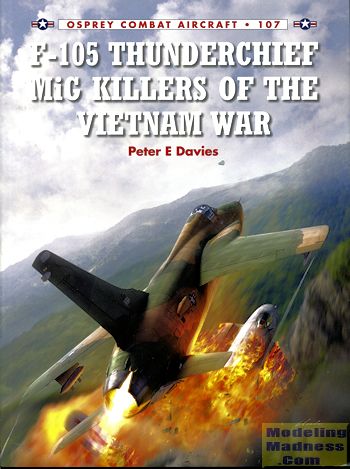 As
seems to be the norm following the end of the Korean War, the war in Vietnam is
considered by may to have been started due to a desire to rid the US of a thorn
in its side, rather than on any overt aggression by the country with whom it
eventually went to war. While such attitudes are often regrettable for a variety
of reasons, they are not all that unusual and have been the cause of many
conflicts down through the ages.
As
seems to be the norm following the end of the Korean War, the war in Vietnam is
considered by may to have been started due to a desire to rid the US of a thorn
in its side, rather than on any overt aggression by the country with whom it
eventually went to war. While such attitudes are often regrettable for a variety
of reasons, they are not all that unusual and have been the cause of many
conflicts down through the ages.
The war in Vietnam was basically two different wars going on at the same
time. In the south is where all the ground fighting took place. US led UN forces
never invaded North Vietnam in any meaningful way so the only way to carry the
conflict north was by air power. It was felt that the overwhelming superiority
in aircraft and pilots would make this a rather short campaign, however, it
turned out to be anything but. Often, when things seemed to be heading for a
solution, something came up that stopped the US air war in North Vietnam.
Usually it was political meddling, which was frustrating for those involved in
the attack and a blessing for those on the defense as it gave them time to even
further improve those defenses.
By this time, the USAF had gotten rid of the attack plane and instead relied
on fighter bombers for precision bombing. This meant the F-105. It was designed
to deliver bombs, both conventional and nuclear and was designed with a bomb bay
(which was used to hold fuel). It was to this aircraft that the bulk of the
bombing missions in North Vietnam were given the mission.
Now the North Vietnamese were not just sitting around. Both the Soviets and
Chinese were supplying the Hanoi government with AAA guns, SAMs and aircraft.
Mainly MiG-17 and MiG-21 fighters. They were also training North Vietnamese
pilots and there were many 'advisors' on the ground to help with technical
training.
Thanks to the restrictions put on the military, these planes had to fly
specific patterns to various targets and for most of the war, were not allowed
to attack North Vietnamese air fields. This allowed the North Vietnamese to
place their defensive equipment where it would do the most good. It meant that
most of the F-105s lost (and over half the production of these planes was lost
in Vietnam) were by AAA and SAMs though a few were shot down.
Not designed as a dog fighter, the F-105 was armed with a gun and did carry
Sidewinders from time to time. They mostly did hit and run attacks on attacking
MiG's and while they tried, they never shot down a MiG-21. In all, about two
dozen MiGs were shot down by F-105s. A small number for sure, but air to air
fighting was not their mission and their pilots were not trained for it.
All of this happened in 1966 and 1967 as by 1968 attrition was such that the
type was withdrawn from combat and its place taken by the more capable F-4
Phantom II.
In this book, we look at the weapons available to the F-105 pilot and at the
North Vietnamese air force at the time. The rest of the book is devoted to the
meetings of the Thunderchief and the North Vietnamese air force. All of the
successful missions are covered as are many of the near misses. Much of this is
through pilot stories, which is a staple for this series. You are also provided
with a number of fine photos of both sides and the usual pages of full color
profiles that are standard in the series.
In all, it makes for an excellent read and insight into the men who flew
these aircraft in what has often been determined to be the most intense aerial
combat arena of all time.
December 2014
For more on the complete line of Osprey books,
visit http://ospreygrp.com
or contact them at Osprey Direct, PO Box 140, Wellingborough, Northants,
NN8 2FA, UK. In the US, it is
Osprey Direct at 44-02 23rd St, Suite 219, Long Island City, NY 11101., where you can
get a catalogue of available books.
If you would like your product reviewed fairly and
fairly quickly, please
contact the editor or see other details in the
Note to
Contributors.
 As
seems to be the norm following the end of the Korean War, the war in Vietnam is
considered by may to have been started due to a desire to rid the US of a thorn
in its side, rather than on any overt aggression by the country with whom it
eventually went to war. While such attitudes are often regrettable for a variety
of reasons, they are not all that unusual and have been the cause of many
conflicts down through the ages.
As
seems to be the norm following the end of the Korean War, the war in Vietnam is
considered by may to have been started due to a desire to rid the US of a thorn
in its side, rather than on any overt aggression by the country with whom it
eventually went to war. While such attitudes are often regrettable for a variety
of reasons, they are not all that unusual and have been the cause of many
conflicts down through the ages.